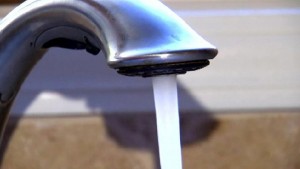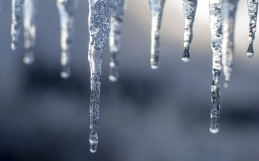 Just today, Newark Public Schools came out to say that their water supply contained an elevated amount of lead in it, and that the school will be operating under a different water source for the time being. With so many water crises going on in the country right now, from Flint to Newark, many people are raising the question: How does lead get into water?
Just today, Newark Public Schools came out to say that their water supply contained an elevated amount of lead in it, and that the school will be operating under a different water source for the time being. With so many water crises going on in the country right now, from Flint to Newark, many people are raising the question: How does lead get into water?
Lead is a material that is not naturally found in water–it corrodes into the supply over time. Lead pipes, fixtures, and solder points are all prime candidates for corrosion. However, brass pipes and brass-plated fixtures can also cause lead to contaminate drinking water, which is the most common culprit of lead contamination. In water that has lead, entire new pipes and fixtures must be replaced in order to ensure lead-free drinking water.
In spite of this, the Environmental Protection Agency has set up several guidelines to prevent the contamination of drinking water, such as mandating certain pipes to be used when constructing a new building, or planning emergency health responses for when an outbreak does occur.
While the tap water may have traces of lead in it, natural spring water does not, as there is no metal for our water to corrode. Our water is bottled at the source, so you know that it is nature’s finest; only what nature intended to be in the water, will be in our water.



